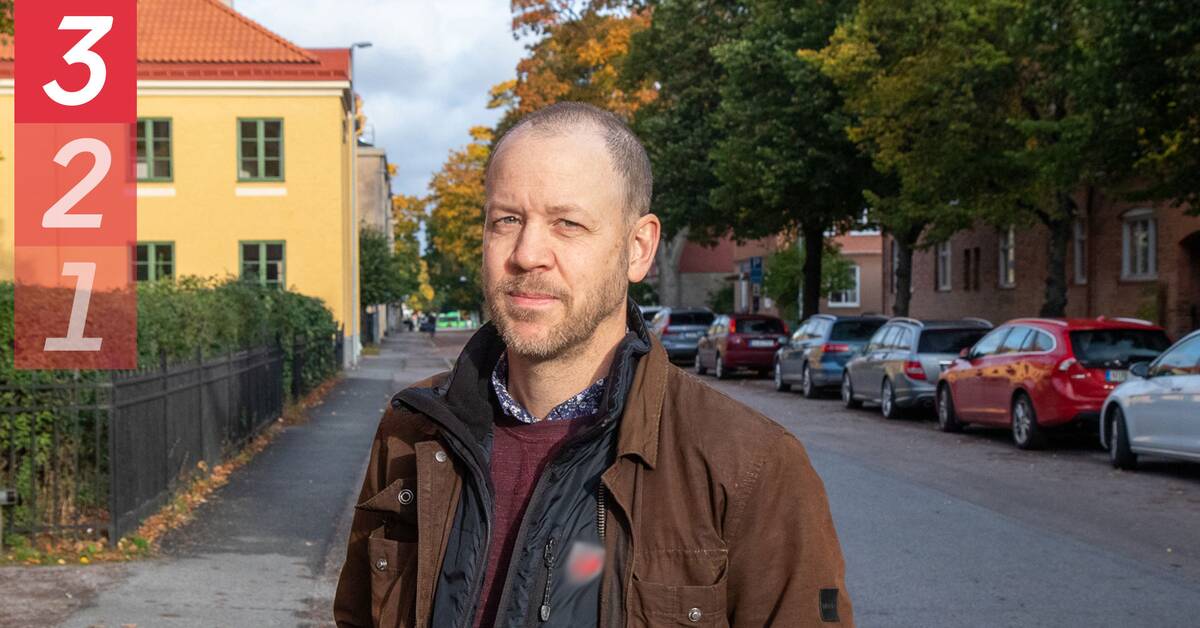Interest rate increases, inflation and rising electricity prices have shaken up the housing market in Sweden in recent months.
From the top quotes at the beginning of the year, the market has now begun to adjust to a different price picture than that which prevailed during the pandemic, according to the official sales statistics.
Now new figures from the housing site Hemnet show that the uncertainty among both buyers and sellers persists.
26 percent fewer apartments sold in September
During the month of September, the number of completed housing sales decreased sharply.
Compared to the same month last year, 26 percent fewer apartments and 22 percent fewer villas were sold in the country.
When it comes to holiday homes, the race is even bigger.
There, the number of sales in September fell 42 percent year-on-year.
- The demand for holiday homes has been clearly affected by the changed economic situation.
A holiday home purchase is more likely than a permanent residence to wait, which more people are likely to do in periods when interest rates and electricity costs rise.
This reduces demand, says Erik Holmberg, market analyst at Hemnet.
There are also geographical differences.
At the same time that demand varies depending on the object and the size of the home.
The reduction is greatest in Stockholm
In Stockholm, the number of completed apartment deals in September decreased by -30 percent year-on-year.
In Västra Götaland the figure was -24 percent and in Malmö -23 percent.
The least demand is for one-room apartments, where the number of deals has decreased by -30 percent.
As for deuces, the loss is -26 percent, threes -24 percent.
For apartments of four and larger, which were the apartments that saw the most increase in demand during the pandemic, closings have decreased by -26 percent at an annual rate.
- At the same time, we have had a post-pandemic effect with better opportunities to travel again and fewer remote jobs, which also affected the willingness to buy in the holiday home market, says Erik Holmberg, and emphasizes that the lower activity is a pattern that can be seen across the country.

